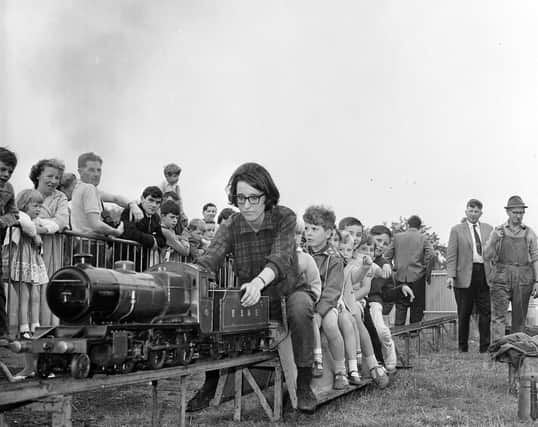Corstorphine’s history dates back to the 12th century, when is was known as ‘Crostorfin’ – thought to mean ‘Torphin’s crossing’, in reference to a local baron who managed the crossing over the then-marshy area.
Others think it comes from the Gaelic ‘corie stoir fionn’, meaning ‘a white hollow in a wet place’, while there is also a largely-discredited story that says it comes from ‘croix d'or fine’ on account of a gold cross gifted to the local church by a Norman baron.
The land stood on a dry area between the now-drained Gogar and Corstorphine Lochs and, by the end of the 13th century, was owned by the families of Thomas le Mareschall and William de la Roche.
The estate changed hands several times in the following centuries, with the Lords Forrester, who built Corstorphine Castle in the 14th century, among the most notable.
The castle no longer exists, but the family’s large house still stands on Corstorphine High Street, while the castle’s 16th century doocot can also be seen on Dovecot Road.
Sir John Forrester founded the Corstorphine Collegiate Church in 1429, which forms part of today's parish kirk, and Sir John was buried in Corstorphine Kirk.
Another eminent owner of the estate of Corstorphine was Sir James Dick of Prestonfield, who purchased the land in 1713 and his family remained in control until 1869.
The Dicks were a prominent family of lawyers and merchants and Sir James served as Dean of Guild and later as Lord Provost of Edinburgh.
In the late 19th century, Corstorphine was still a small village of farmers that had remained largely unscathed by industrialisation, and was not yet part of the city of Edinburgh.
But change eventually came when it started to attract middle-class employees looking for an escape from the city, becoming a dormitory area for well-heeled Edinburgh workers.
On November 1, 1920, it was formally incorporated into the Capital, although the farming remained for some years to come, supplying Edinburgh with milk, butter, eggs, potatoes and rhubarb.
Today, Corstorphine has a busy shopping street with many independent shops and is one of the city’s most in-demand residential areas.
Here are 30 pictures to take you back to the suburb in the 1950s and 1960s.
Read more:
A message from the Editor:
Thank you for reading this article. We're more reliant on your support than ever as the shift in consumer habits brought about by coronavirus impacts our advertisers.
If you haven't already, please consider supporting our trusted, fact-checked journalism by taking out a digital subscription.
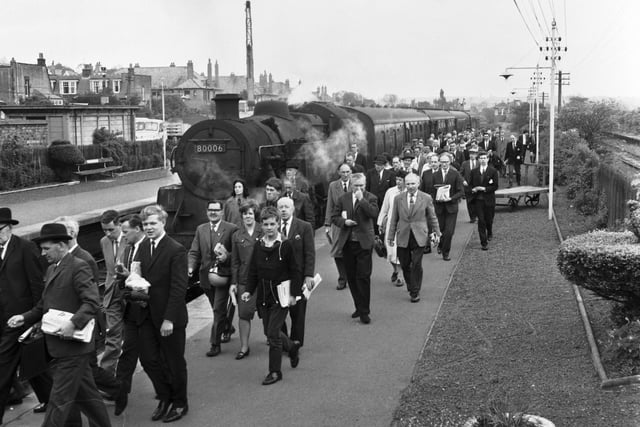
1. In training
Passengers get off the train at Corstorphine Station in June 1966. Photo: Crauford Tait
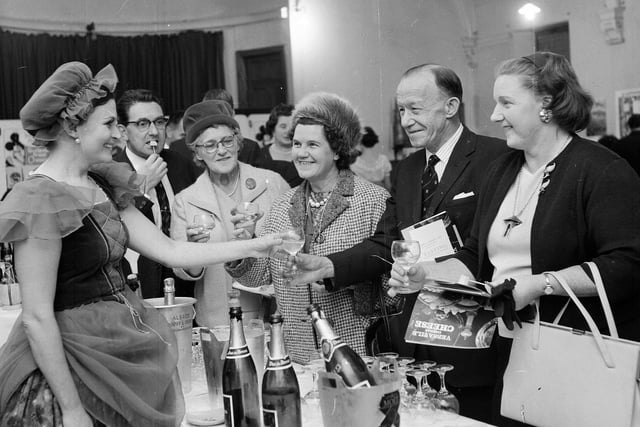
2. Just a taste
An evening of wine tasting at Corstorphine Public Hall, in Kirk Loan, in October 1964. Photo: Unknown
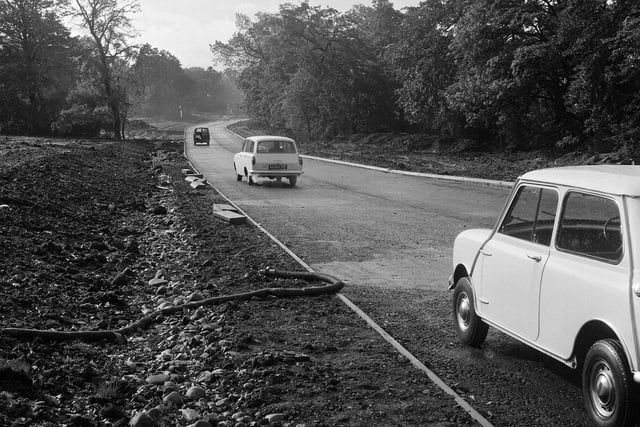
3. Now open
Drivers try out part of the new Clermiston Road over Corstorphine Hill for the first time in September 1964. Photo: Unknown
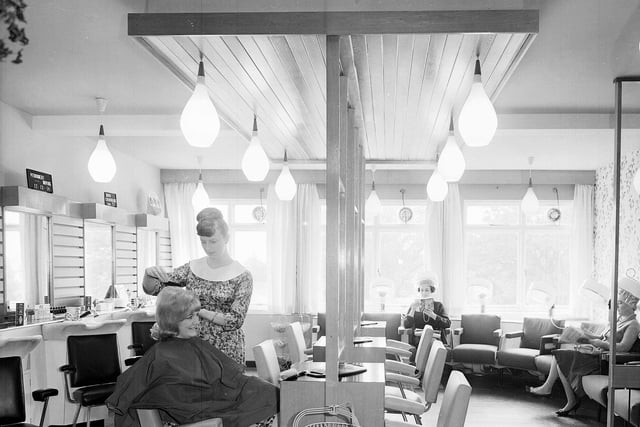
4. Short cuts
Andrew Hogarth hairdressers, on St John's Road, in July 1962. Photo: Unknown
